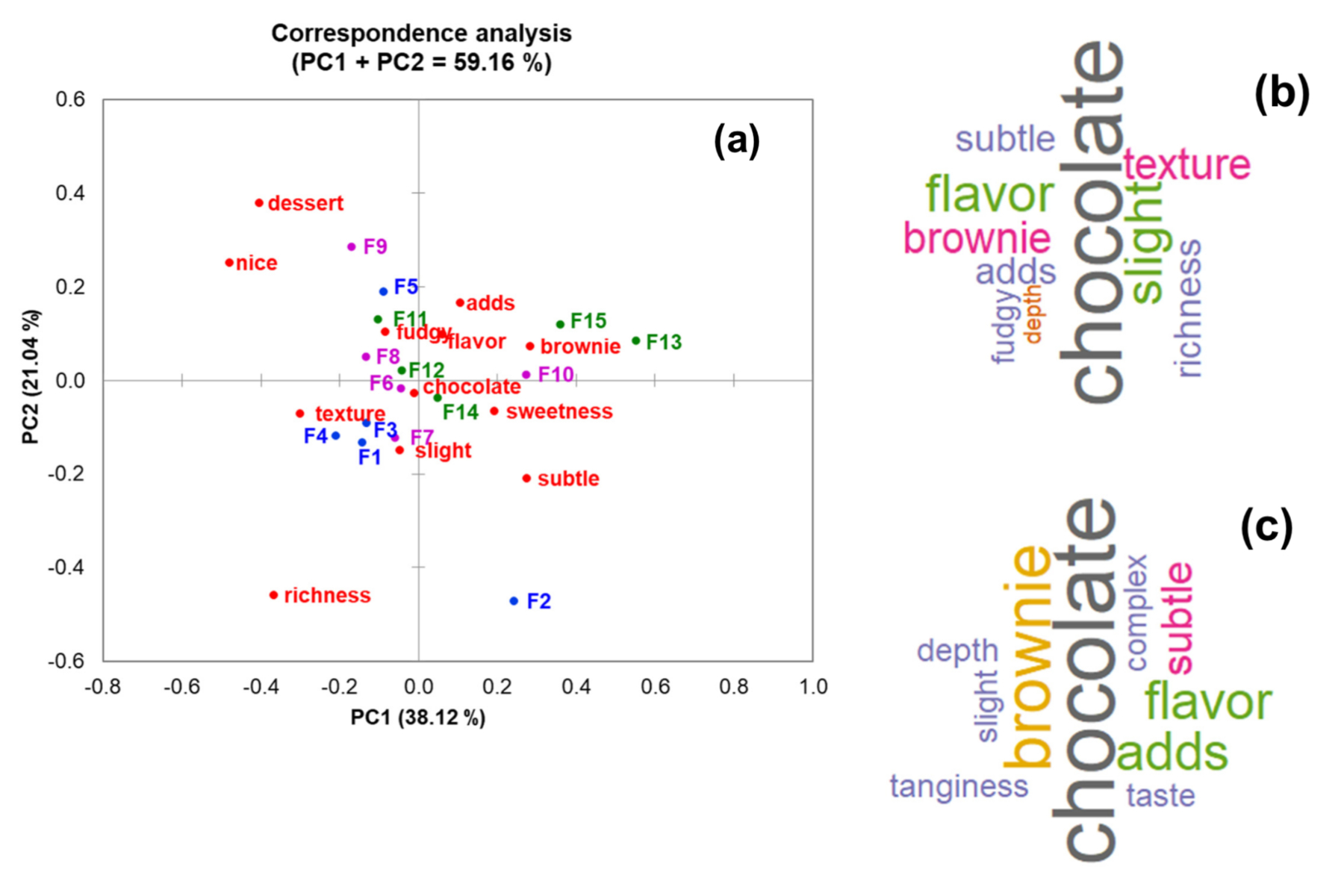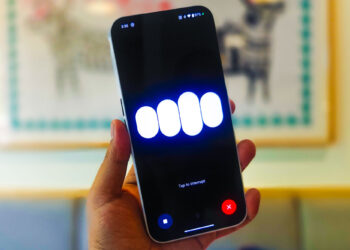OpenAI's ChatGPT has seen extensive use across various fields, from aiding in academic research to accelerating pharmaceutical development. Its ability to generate artistic images has garnered such immense popularity that it's currently overwhelming OpenAI's GPU resources. The next exciting potential application for ChatGPT may unravel in the culinary world.
Notably, the AI could play a crucial role in speeding up sensory evaluations of brownies, paving the way for quicker flavor development. Recently, researchers at the University of Illinois Urbana-Champaign published findings exploring the capabilities of ChatGPT as a virtual sensory evaluator for different brownie recipes.
A Whole New Role
In the food sector, the practice of sensory evaluation—technical term organoleptic—is vital. This process examines how food items affect our taste, smell, appearance, texture, and even sound, linking each to emotional responses. It helps us understand how food impacts our sentiments.

Typically conducted by teams of trained evaluators and everyday tasters, sensory evaluation helps chefs and brands determine whether a food product is suitable for a wide launch, assess its scent, and decide if adjustments to the sweetness or spice levels are necessary. It also analyzes the emotions evoked by the food, such as trust, joy, or disgust, resulting in a comprehensive sensory profile.
This thorough process can be costly and time-consuming. But what if ChatGPT could perform these evaluations? That’s the crux of the recent study led by Damir Torrico, an assistant professor at the Department of Food Science and Human Nutrition. He tested ChatGPT with fifteen different brownie recipes for sensory assessment.
The AI's evaluations were surprisingly similar to those of human experts, exhibiting behavioral patterns akin to typical consumer responses. It ranked various recipes on a scale from one to ten, assessing emotions like fear, surprise, joy, and sadness for each brownie mix.
Accelerating Processes, Not Displacing Humans
The fundamental intent isn't to eliminate human evaluators from the tasting process. Rather, ChatGPT could assist food scientists and industry professionals in sifting through extensive recipe lists to identify the most promising options, allowing human tasters to refine those likely to succeed.

Implementing ChatGPT could lead to significant time and resource savings. The research notes that ChatGPT has the potential to function as an efficient pre-screening tool for evaluating products, thereby greatly expediting the sensory analysis process. However, some challenges must be addressed.
Experts noted that ChatGPT’s feedback was overly positive, even for mixes with unconventional ingredients. “In attempting to mimic human responses, the AI exhibited such tendencies,” the researchers observed, which is understandable given that it was directed to simulate the actions of a human taster.
For instance, one of the brownie recipes included worm meal and fish oil, while another had citric acid—ingredients not traditionally found in brownies. The mere idea of worms in chocolate might elicit a feeling of disgust from many.
Although ChatGPT was not always technically accurate, it displayed an intriguing positive bias. The study’s authors suggest that with some adjustments, AI-driven sensory evaluations can be fine-tuned to more accurately represent a broader spectrum of sensations and offer valuable feedback before widespread adoption in the food industry.
The potential benefits are clear. However, we remain hopeful that the AI won’t repeat past mistakes, such as Google's Gemini suggesting that users apply glue on pizza or failing to correctly identify something as basic as the current year.






